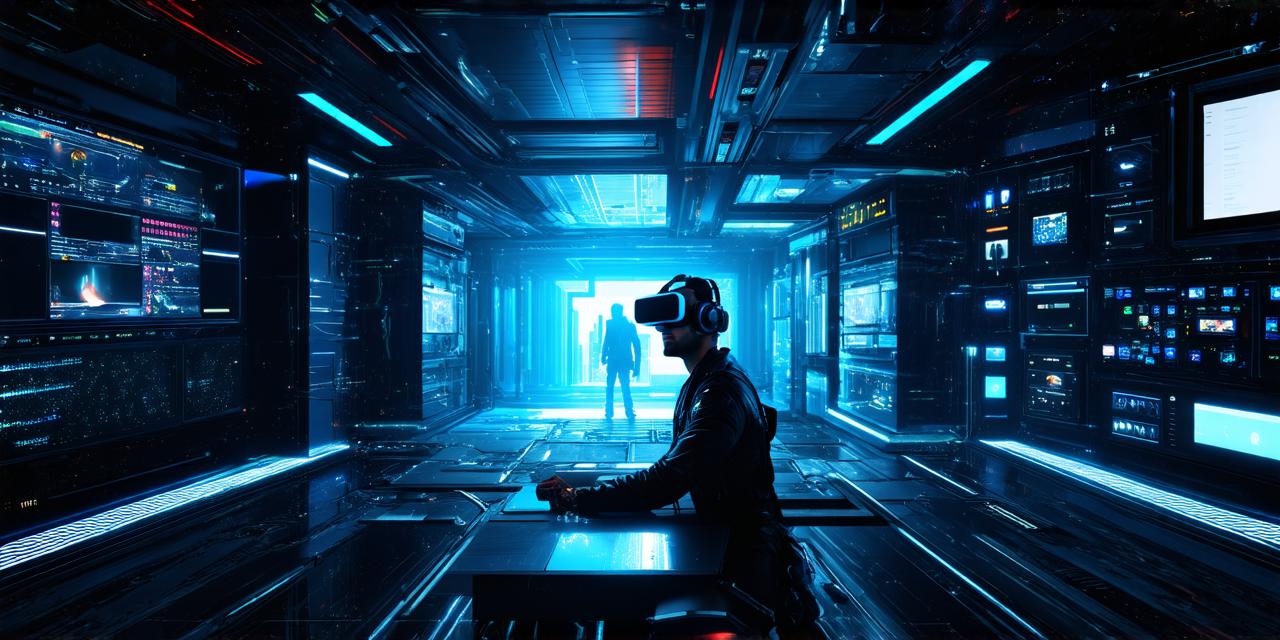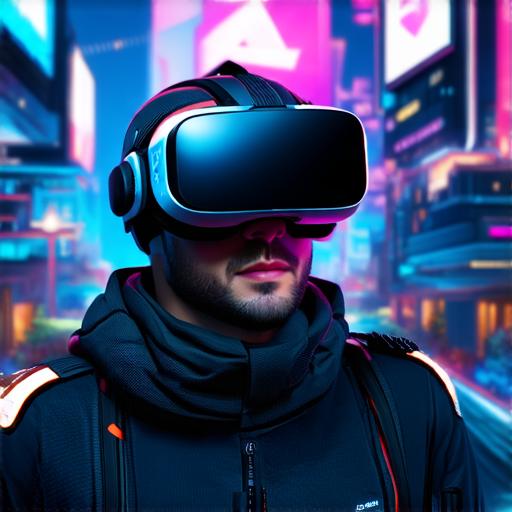
What does experiencing virtual reality feel like?
Virtual reality (VR) is a rapidly growing technology that allows users to immerse themselves in a digital world and experience it as if they were really there. As virtual reality developers, you know what goes into creating this kind of experience for others, but have you ever stopped to consider what it feels like to be on the receiving end of your creations? In this article, we’ll explore what experiencing virtual reality feels like, based on research and personal experiences.
First, let’s take a look at some of the key features that make virtual reality such an immersive experience. One of the most important is the ability to track the user’s movements in real-time, allowing them to move through the digital environment just as they would in the real world.

This is achieved using sensors and cameras that monitor the user’s body movements, allowing the VR system to adjust the visual and audio feedback in response.
Another key feature of virtual reality is the ability to provide a highly realistic sense of presence. By using advanced graphics and sound techniques, developers can create an environment that feels as if it were real, with objects and characters that behave in a way that would be familiar to anyone who has ever experienced the real world.
This can be especially effective when the user is interacting with other virtual beings, as they can respond to their actions in ways that feel natural and intuitive.
But what does all of this mean for the user? According to research by experts in the field, experiencing virtual reality can have a number of positive effects on the mind and body. For example, studies have shown that VR can help reduce stress and anxiety, as it provides a safe space where users can escape from the pressures of everyday life.
It can also be a great way to enhance learning and training, as users can practice skills in a simulated environment without the risk of injury or damage to equipment.
But perhaps the most compelling aspect of virtual reality is its ability to transport users to new and exciting worlds. Whether it’s exploring ancient ruins, battling alien creatures, or simply taking a walk on a virtual beach, VR can provide an escape from the mundane and allow users to experience things they may never have had the opportunity to see in real life.
Of course, as with any technology, there are potential drawbacks to consider as well. For example, some users may experience motion sickness or discomfort when using virtual reality, especially if they’re not used to the technology.
It’s also important to be mindful of the potential for addiction, as spending too much time in a virtual world can lead to isolation and a lack of engagement with the real world.
Despite these concerns, however, the potential benefits of virtual reality are clearly significant. As developers, you have the power to create experiences that can change people’s lives, whether it’s by helping them learn new skills, reducing their stress levels, or simply providing a fun and exciting way to spend an afternoon. So the next time you’re designing a VR experience, take a moment to consider what it might feel like to be on the other side of the screen. You may be surprised at just how immersive and engaging it can be.


